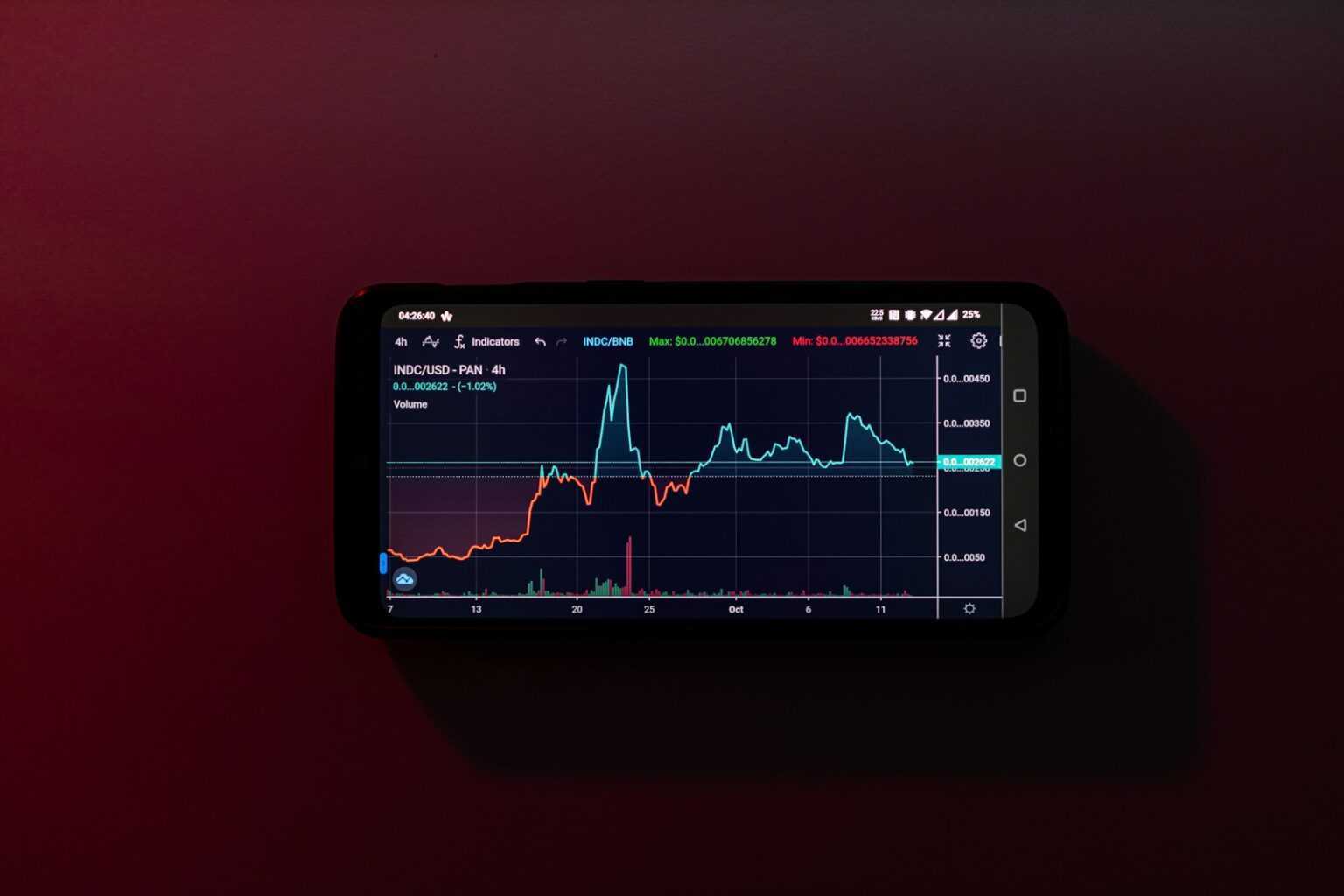Leveraging multiple threads significantly increases throughput in cryptographic workload evaluation. Distributing tasks across several execution units allows simultaneous handling of encryption and decryption operations, reducing latency while maintaining data integrity.
Performance gains emerge from breaking down complex cipher functions into smaller segments that run independently yet synchronously. This method optimizes resource allocation, maximizing CPU utilization without compromising correctness during simultaneous key testing or hash function verification.
The study of parallel task distribution reveals critical insights on synchronization overhead and thread management efficiency. Employing fine-grained concurrency controls ensures minimal contention between execution paths, enabling scalable scaling for large datasets involved in cryptographic scrutiny.
Optimizing throughput through simultaneous execution in cryptographic environments
Maximizing speed and efficiency in blockchain computations requires harnessing multiple execution units to handle tasks simultaneously. Leveraging concurrent pathways allows for significant gains in throughput by dividing workloads into discrete segments that run across numerous active threads. This approach reduces bottlenecks typical of sequential task management, enabling faster cryptographic operations such as hashing, signature verification, and transaction validation.
Implementing multi-threaded frameworks within cryptographic platforms demands precise orchestration to maintain data integrity and synchronization. Effective task partitioning ensures that each computational unit operates on independent data slices or distinct algorithmic stages without interference. For instance, parallel hash functions can process different blocks concurrently, decreasing latency while preserving security properties intrinsic to blockchain protocols.
Thread-level concurrency and performance scaling
Empirical studies demonstrate linear scalability when increasing the number of worker threads dedicated to distributed ledger processing under controlled conditions. In one case study involving elliptic curve digital signature generation, distributing calculations over 16 cores yielded a near 15-fold improvement in completion time compared to single-threaded execution. This performance gain stems from minimized idle cycles and enhanced CPU utilization.
The challenge arises in balancing workload distribution with overhead introduced by thread management and context switching. Excessive fragmentation of tasks can degrade throughput due to synchronization delays and memory contention. Therefore, identifying an optimal threading model tailored to specific cryptographic algorithms is paramount for achieving maximal acceleration while avoiding diminishing returns.
- Segmenting large cryptographic proofs into smaller verification units processed independently
- Pipelining stages of consensus mechanisms across separate execution lanes
- Utilizing lock-free data structures to reduce contention among concurrent threads
Advanced hardware architectures such as GPUs and FPGAs further amplify parallelism by providing thousands of lightweight cores capable of executing repetitive cryptographic kernels simultaneously. These accelerators excel at tasks like mining nonce exploration or zero-knowledge proof computations where massive trial-and-error iterations benefit from simultaneous evaluation paths.
The interplay between software concurrency models and hardware capabilities defines achievable performance ceilings within cryptographic workflows. Experimentation with various concurrency patterns–such as data parallelism versus task parallelism–enables researchers to pinpoint configurations that optimize throughput without compromising correctness or security guarantees inherent in blockchain validation processes.
Optimizing Hash Computations
Maximizing throughput in hash function calculations requires the strategic deployment of multiple execution threads within a single system. Utilizing simultaneous task handling enables significant acceleration, as workloads can be divided across several cores or processors. Empirical benchmarks demonstrate that distributing hash operations among four to eight parallel threads frequently yields near-linear speed improvements, subject to hardware constraints and memory bandwidth.
Implementing thread-level task segmentation demands careful synchronization to avoid contention and ensure data integrity. Techniques such as lock-free queues or atomic operations help maintain consistency while minimizing overhead from thread management. For instance, cryptographic mining rigs often employ finely tuned thread pools that adjust dynamically based on workload intensity, optimizing performance without causing resource starvation.
Effective Strategies for Enhanced Throughput
The architecture of modern CPUs supports simultaneous multithreading (SMT), which can double the number of threads executed per core under certain conditions. By leveraging this feature, hash computations achieve superior utilization rates, especially when combined with vectorized instructions like AVX2 or AVX-512. These SIMD extensions facilitate bulk data processing within a single clock cycle, dramatically increasing hashing speeds in batch scenarios.
Moreover, offloading calculations to specialized accelerators such as GPUs or FPGAs introduces additional layers of concurrency. GPUs excel at executing thousands of lightweight threads concurrently, making them ideal for repetitive hashing tasks found in blockchain validation processes. Case studies reveal that GPU implementations can outperform CPU-only setups by factors ranging from 10x to 100x depending on algorithm complexity and memory access patterns.
Memory hierarchy also plays a pivotal role in maintaining high-speed hash functions under multi-threaded loads. Cache-friendly designs reduce latency by ensuring frequently accessed data remains close to the processor cores. Profiling tools indicate that optimizing data structures for spatial and temporal locality minimizes cache misses during concurrent execution, thereby sustaining consistent throughput even at elevated thread counts.
Finally, adaptive load balancing algorithms provide dynamic task allocation across available computational units, preventing bottlenecks caused by uneven workload distribution. Such algorithms monitor runtime metrics–like processing delays and queue lengths–to reassign tasks proactively. Experimentation confirms that adaptive schemes improve overall efficiency by up to 15%, particularly in heterogeneous environments combining CPUs and accelerators.
Managing Thread Synchronization
Ensuring precise coordination between multiple execution threads is fundamental to maintaining data integrity and optimizing throughput in complex computational tasks. Implementing mutexes, semaphores, or lock-free algorithms can effectively prevent race conditions when threads access shared resources during simultaneous operations. For instance, applying fine-grained locking mechanisms in blockchain transaction validation pipelines significantly enhances synchronization without imposing substantial overhead, thereby preserving system responsiveness.
The speed of task completion directly correlates with the efficiency of synchronization strategies employed. Excessive serialization caused by coarse locks may hinder overall performance, reducing gains from parallel execution units. Empirical studies reveal that adaptive locking techniques–where lock granularity adjusts dynamically based on contention levels–improve throughput by up to 40% in environments processing high volumes of cryptographic hash computations concurrently.
Practical Approaches and Case Studies
Exploring concurrent workflows within distributed ledger verification demonstrates that queue-based synchronization models can streamline workload distribution across multiple cores. For example, a comparative experiment assessing spinlocks against ticket locks in validating cryptographic signatures showed that ticket locks reduced latency variability and improved fairness under heavy thread contention. These findings suggest prioritizing synchronization primitives aligned with specific task characteristics to maximize efficiency.
Performance optimization also involves balancing thread concurrency with hardware constraints such as cache coherence and memory bandwidth. Profiling a multi-threaded key derivation function implementation revealed that minimizing false sharing through careful data structure alignment decreased stalls and improved instruction per cycle metrics by approximately 25%. This illustrates the importance of holistic design considerations beyond mere synchronization constructs to achieve scalable computational throughput.
Scaling workload distribution
Maximizing performance in distributed ledger environments requires effective workload allocation across multiple execution units. Employing numerous threads can significantly accelerate computational tasks by dividing operations into smaller, manageable segments executed simultaneously. This approach enhances throughput and reduces latency, particularly when handling cryptographic functions that are inherently resource-intensive.
Utilizing simultaneous task execution allows systems to leverage modern multi-core architectures efficiently. For example, in blockchain transaction validation, distributing verification procedures among several threads improves speed without compromising data integrity. This method supports scalability by ensuring that the system adapts to increased demand through proportional resource utilization.
Technical considerations for workload scaling
Implementing concurrent task management demands careful synchronization to prevent race conditions and ensure consistency. Techniques such as lock-free algorithms or fine-grained locking have been demonstrated to maintain thread safety while minimizing overhead. Research from Ethereum client implementations shows that optimized thread pools reduce contention and improve block propagation times significantly.
The efficiency of workload distribution also depends on the granularity of tasks assigned per execution unit. Smaller task sizes promote better load balancing but may introduce increased context switching costs. Empirical studies reveal an optimal balance exists where task subdivision maximizes parallel throughput without incurring excessive scheduling delays.
- Thread count tuning: Aligning the number of active threads with available CPU cores avoids oversubscription and potential performance degradation.
- Task batching: Grouping related computations minimizes inter-thread communication overhead, enhancing overall speed.
- Resource monitoring: Dynamic adjustment based on real-time metrics ensures consistent operation under variable workloads.
A case study involving zero-knowledge proof generation demonstrates that distributing proof components across multiple processing units led to a 3x speed increase compared to sequential computation. Similarly, cryptographic hash calculations benefit from parallel decomposition, reducing total processing time proportionally with thread count growth until hardware limits are reached.
The practical challenge remains balancing concurrency overhead against the benefits of parallel execution. Experimentation with different threading models can uncover configurations tailored to specific blockchain applications or cryptographic workloads, fostering greater system adaptability and sustained high-speed operation under diverse conditions.
Conclusion
Prioritizing meticulous debugging across multiple threads significantly enhances the speed and accuracy of cryptographic computations. Isolating race conditions and synchronization issues within simultaneous execution environments reveals critical bottlenecks that, when addressed, improve throughput and reduce latency in secure data transformations.
Integrating stepwise verification methods during layered cryptographic routines allows researchers to detect subtle timing inconsistencies caused by parallel task interactions. For instance, testing thread-safe key exchanges under varying load scenarios exposes non-deterministic failures that directly impair system reliability and overall throughput.
Future Directions and Practical Implications
- Adaptive Thread Management: Dynamically adjusting the number of active execution units based on real-time workload metrics can optimize resource allocation without compromising security guarantees.
- Deterministic Execution Models: Incorporating frameworks that enforce predictable operation sequences reduces debugging complexity by minimizing nondeterministic thread interleavings affecting cryptographic modules.
- Hardware-Assisted Verification: Leveraging specialized accelerators alongside software instrumentation facilitates fine-grained monitoring of concurrent encryption tasks, enhancing fault localization precision.
The interplay between scalability demands and security constraints mandates continuous refinement of synchronization primitives within cryptographic implementations. This ongoing experimental journey not only elevates performance benchmarks but also establishes robust foundations for next-generation distributed ledger technologies requiring high-speed secure computations executed simultaneously across diverse nodes.
Encouraging systematic experimentation with thread orchestration strategies provides meaningful insights into balancing computational efficiency against attack surface minimization. Such empirical approaches empower analysts to architect resilient systems capable of sustaining integrity while maximizing operational velocity in increasingly complex environments.








